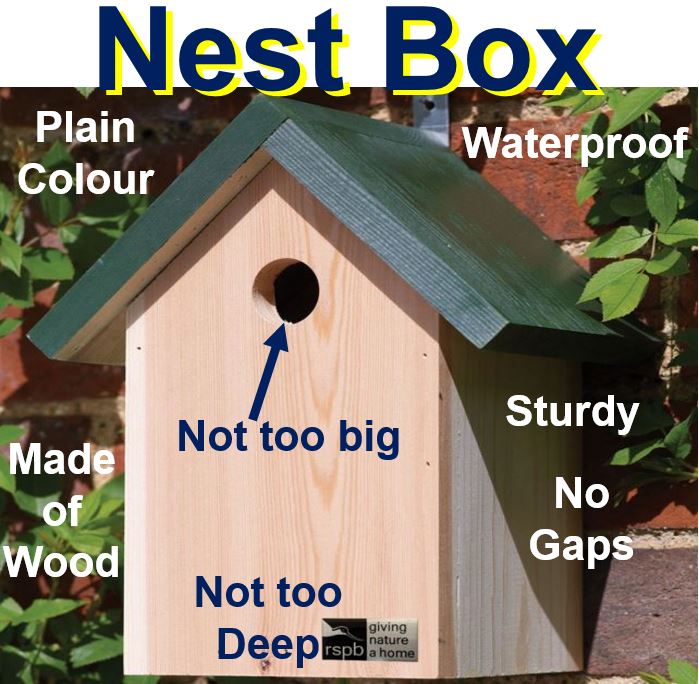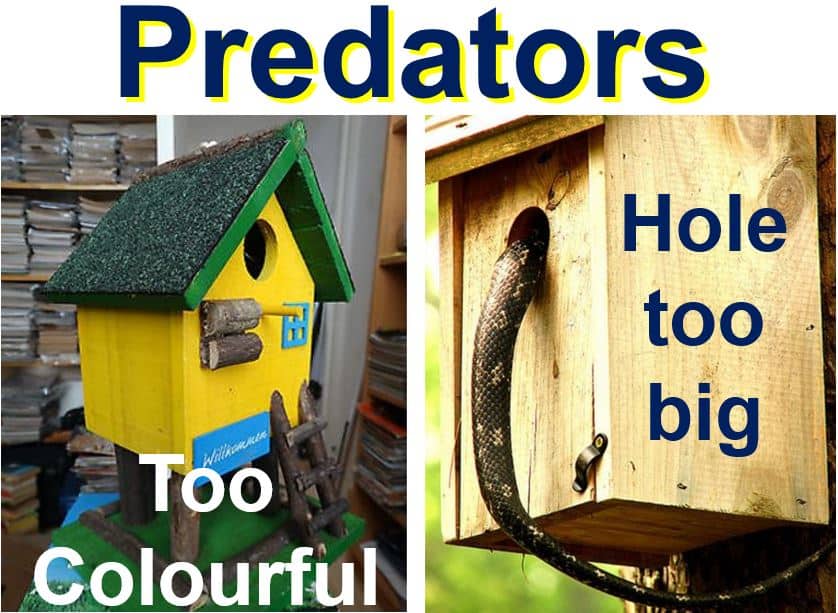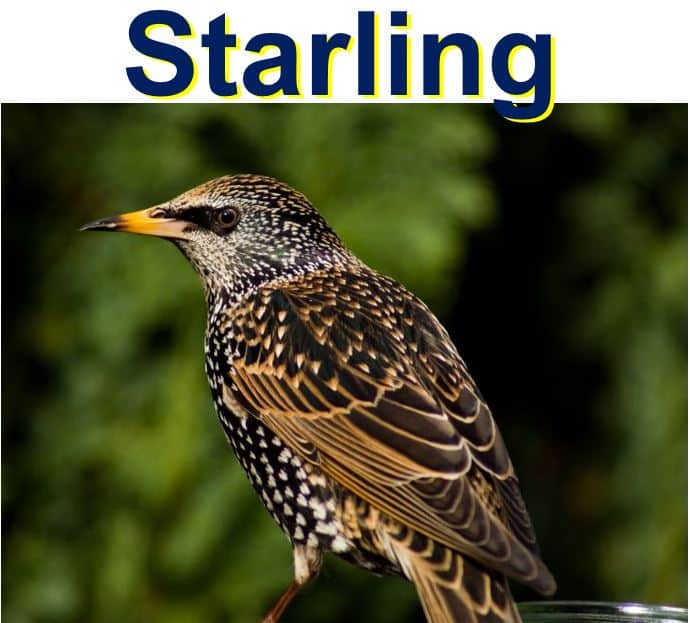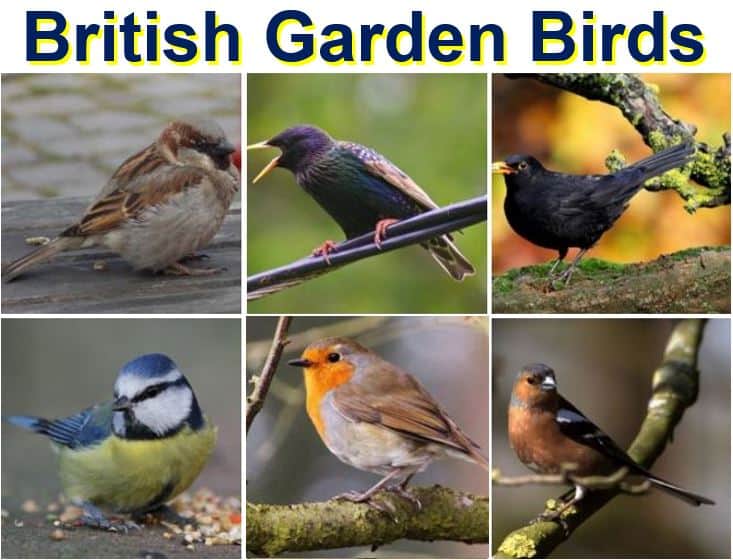Several fancy nest boxes are downright dangerous for breeding birds and their fledglings, warns the RSPB, such as those shaped like farmhouses, eggs, caravans and even windmills that are available online and in most specialized retails outlets across the UK.
In a ‘keep things simple’ message, the RSPB yesterday urged bird lovers to avoid attractive and elaborate nest boxes, which are often unsuitable for birds that visit and breed in our gardens.
The RSPB (Royal Society for the Protection of Birds) is urging people to avoid buying these potentially lethal bird boxes and instead make sure they choose the correct shape, size, colour and material.
 RSPB nestboxes are made from sustainable, durable FSC timber – they’re safe for birds and have excellent insulation properties, making them warm in winter and cool in summer. (Image: RSPB)
RSPB nestboxes are made from sustainable, durable FSC timber – they’re safe for birds and have excellent insulation properties, making them warm in winter and cool in summer. (Image: RSPB)
We are all tempted to go for products that make our gardens look prettier, and assume that birds will be equally pleased if their temporary home during the breeding season looks impressive. However, elaborate boxes can be death traps for young birds for several reasons.
Bright colours an invitation for predators
If bright colours and elaborate designs catch your eye, remember that young birds have to run the gauntlet of predators, which also like bright colours, i.e. a colourful nest box is like drawing a bullseye on a young bird’s back.
There are many nest boxes on sale which are made of material that does not keep warmth in – the boxes are poorly insulated. Cold nest boxes are not only bad for fledglings, but could also undermine the proper development of the eggs.
Metal roofs on bird boxes can make the inside too hot on warm and sunny days, with fatal effects for baby birds. Plastic and metal boxes tend to encourage condensation, causing fledglings to get damp and cold.
 If the nest box hole is too big, predators can get in. If it is too colourful, predators can see it.
If the nest box hole is too big, predators can get in. If it is too colourful, predators can see it.
Go for traditional wooden nest boxes
RSPB Wildlife Advisor, Ben Andrew, said:
“It’s crucial that people put up nest boxes to help our garden birds, especially those in decline like house sparrows and starlings. Rather than choosing unusual designs and materials, people should stick to traditional, wooden nest boxes; they really are the best and often the most cost effective.”
“It’s also really important to make sure boxes are sited in the correct place. This depends on the species the box is intended for but there’s lots of information on our website.”
“People tend to forget that a nest box will eventually contain tiny helpless, vulnerable baby birds so the appearance of the box should be the last thing on your mind.”
According to the RSPB, nest boxes should:
– Be robust: they need to be strong, fit for purpose, and effective shelter in all types of weather.
– Have no perches.
– Be safe: there should be no protruding staples or nails, or small gaps which may trap or harm birds. There should be no dangerous sharp edges.
– Completely waterproof: they should have been treated with a water-based preservative.
– Have good insulation: the best material is either wood or woodcrete.
– Have the right hole-size: if the hole is too large, predators can get in and grab the young birds or eggs. Rain and wind can more easily get inside if the hole is too big.
 According to the RSPB: “In the past, one third of [starling] juveniles survived their first year of life, but this has reduced to only 15 per cent. Starling numbers have declined markedly across much of northern Europe and the UK. The decline in the UK started during the early 1980s and has continued ever since.” (Image: RSPB)
According to the RSPB: “In the past, one third of [starling] juveniles survived their first year of life, but this has reduced to only 15 per cent. Starling numbers have declined markedly across much of northern Europe and the UK. The decline in the UK started during the early 1980s and has continued ever since.” (Image: RSPB)
A good nest box should not:
– Have bright colours: the last thing breeding birds need is a conspicuous nest. They spend their whole lives trying to avoid predators.
– Be too shallow: fledglings could leave too early by falling out.
– Be too deep: when the young bird is ready, it may have trouble getting out.
– Be made from flimsy material: flimsy boxes fall apart as soon as birds start living and moving around inside.
– Have gaps: cold air and rain can get in and cause the fledglings to get cold and damp.
– Be too smooth inside: otherwise they will be slippery, making it harder for the young birds to get out.
 British garden birds need our help. Their populations are declining alarmingly. Placing a nest box in your garden is one way you can help get numbers back up again. (Image: britishbirdlovers.co.uk)
British garden birds need our help. Their populations are declining alarmingly. Placing a nest box in your garden is one way you can help get numbers back up again. (Image: britishbirdlovers.co.uk)
Nest Records Organiser at the BTO (British Trust for Ornithology), Carl Barimore, said:
“Now in its 19th year, National Nest Box Week is about providing suitable nest sites for birds in our gardens and green spaces. This means taking simple precautions to make sure nest boxes are built correctly and put up in the right places so they are safe for their occupants.”
“Looking after nesting birds also means collecting data on how well they are doing, so we encourage people to monitor their boxes and tell the BTO what they see.”
Garden birds need out help
Several British bird species have experienced alarming population declines over the past three or four decades, partly because they are losing their natural nest sites. In fact, one-quarter of the 244 species of British birds are currently under threat of extinction and – according to Birds of Conservation Concern 4 –are now of ‘highest conservation concern’.
Sixty-seven species of British birds have been placed on the assessment’s Red List, including starlings, turtle doves and cuckoos.
At the end of January, thousands of people across the UK took part in the Big Garden Birdwatch. Each person spent one hour counting the birds they spotted in their garden.
The RSPB will soon reveal how bird populations currently stand, as well as other wildlife, when the results of the survey are published.
Video – Making a bird box to RSPB standards
Learn how to build your own bird box based on RSPB guidelines.

